 Author: Yuma Ando
Author: Yuma Ando
Illustrator: Yuki Sato
U.S. publisher: Kodansha
ISBN: 9781612624440
Released: September 2013
Original release: 2012
Sherlock Bones is currently a seven-volume manga series written by Yuma Ando and illustrated by Yuki Sato. The first volume was originally released in Japan in 2012 while the English-language edition was published by Kodansha Comics in 2013. I didn’t realize it at first, but I was already familiar with Sato and Ando’s previous works in English. Sato is the creator of Yokai Doctor and Ando (one of many pen names used by Shin Kibayashi) worked on Bloody Monday and Drops of God. More thematically relevant, Ando was one of the original creators of The Kindaichi Case Files. Sir Arthur Conan Doyle’s Sherlock Holmes is a well-loved and well-known detective worldwide and this is no exception in Japan. Sherlock Bones is only one Japanese work among many that is directly inspired by Doyle’s stories. I was vaguely curious about the series when it was licensed, but it wasn’t high on my list of manga to acquire. Happily, Kodansha sent me a review copy of Sherlock Bones, Volume 1, so I was able to give the series a try sooner rather than later.
When Takeru Wajima adopted a puppy from the local animal shelter, he had no idea what he was getting into. Most new pet owners have to worry about things like house and obedience training, but Takeru has an entirely different problem to deal with–Sherdog is the reincarnation of none other than the brilliant detective Sherlock Holmes. Oh, and Sherdog can speak (at least to Takeru, that is) and he is certain that his new owner is the reincarnation of his dear friend and faithful assistant Dr. John H. Watson. It’s not as if the two of them go out looking for mysteries to solve, but Sherdog and Takeru seem to be drawn into criminal investigations. When one of Takeru’s classmates is killed, and Sherdog is the only witness to the crime, they must find a way to prove the guilt of the murderer. Sherdog may have the brains to determine a solution, but it will be up to Takeru to do all of the legwork. After all, who else would belive, let alone understand, a dog.
I’ll admit, I was more than a little skeptical going into Sherlock Bones. I thought that the premise–Sherlock Holmes reincarnated as an adorable puppy–would be silly at best. And it is silly, but it also ends up being a good deal of fun. I was honestly surprised by how much I enjoyed the first volume of Sherlock Bones. Its mix of goofiness and seriousness is entertaining even if it is rather ridiculous. So far, though, it seems to work. There’s Sherdog himself–appalled that he’s a canine, though on occasion he will deign to use it to his advantage–and then there’s Takeru, who seems to be a good kid even if he’s understandably a bit befuddled by the whole situation and less than convinced that he’s Watson’s reincarnation. I also like that the entire Wajima family is made up of police officers and investigators–father, mother, and sister–so Takeru’s poking around into various criminal goings-on doesn’t seem too out-of-place.
As for the central case in Sherlock Bones, Volume 1, the mystery doesn’t lie within who killed the unfortunate student. Even why the murder took place can be fairly easily deduced. The trick is in how the culprit establishes an alibi and then carries out the deed. In part this is where Sato’s artwork plays an important role–the major clues that help Sherdog and Takeru crack the cases in Sherlock Bones, Volume 1 can be found right there on the page even before they solve the mysteries, waiting for observant readers to notice. I appreciate this sort of potential for engagement in the mystery fiction that I read, and so was happy to see it included in Sherlock Bones. Granted, not all of the clues are revealed in this way, especially when things like color come into play, but overall I was pleased with how the story and art worked together to form a cohesive whole. Sherlock Bones was a pleasant surprise for me and I look forward to reading more of the series.
Thank you to Kodansha for providing a copy of Sherlock Bones, Volume 1 for review.
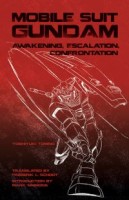




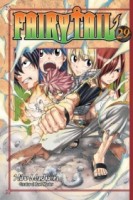

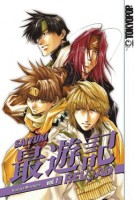

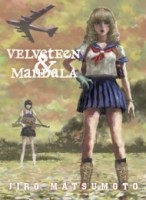
 ASH: Although this week is
ASH: Although this week is 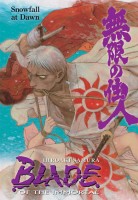

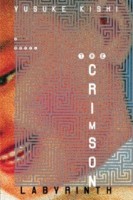
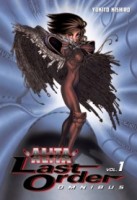

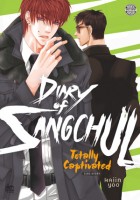
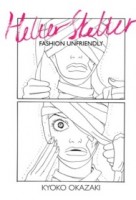
 MICHELLE: Even though I’m not completely sold on the idea of packaging the
MICHELLE: Even though I’m not completely sold on the idea of packaging the 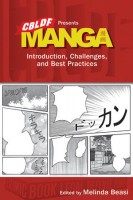




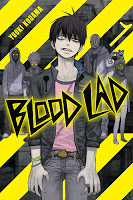 And the winner of the
And the winner of the